Making Fozelék Hungarian Vegetable Purees at Home
12 min read Discover how to craft authentic Hungarian vegetable purees at home, preserving a rich culinary tradition and enhancing your cooking repertoire. September 27, 2025 21:05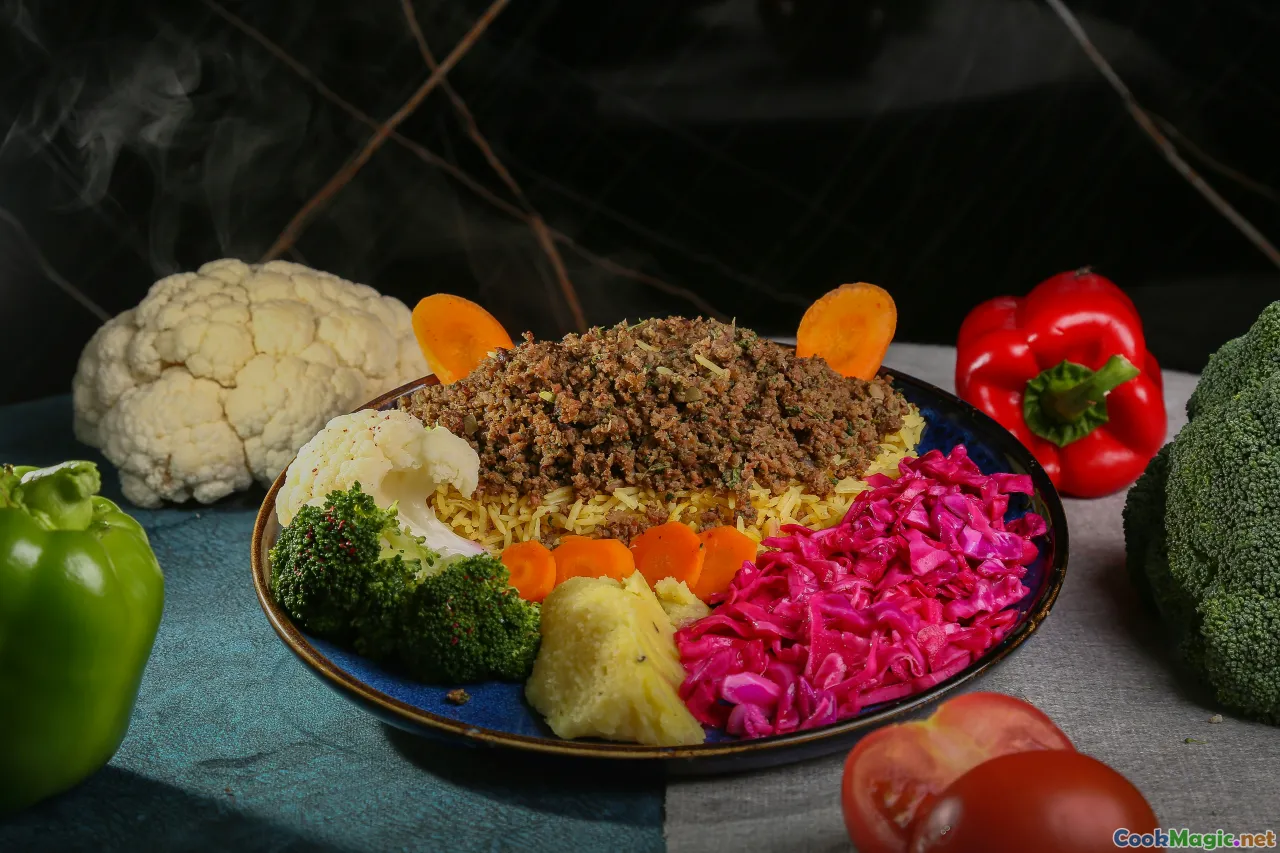
Embarking on a Culinary Journey: Making Fozelék at Home
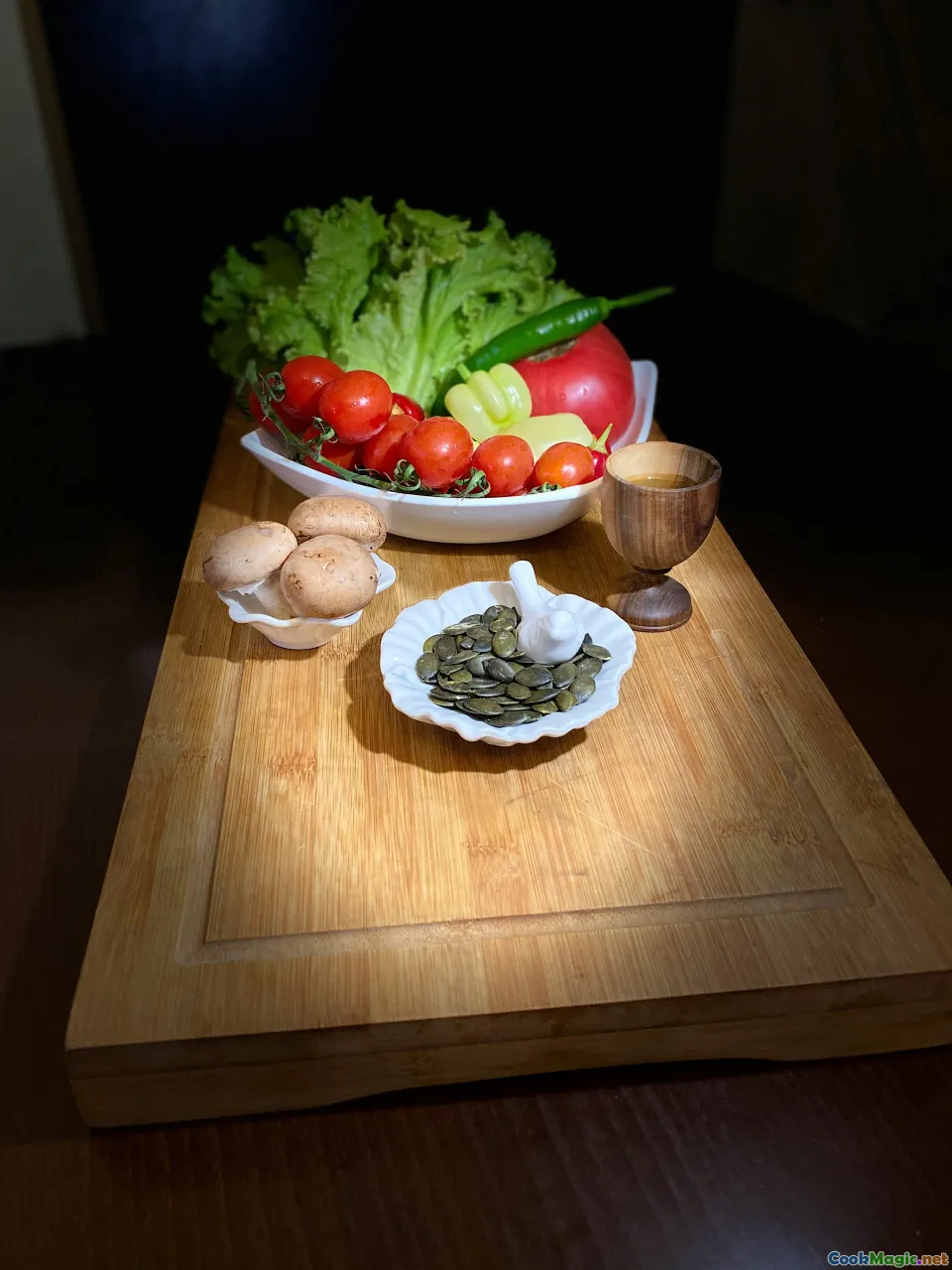
Hungarian cuisine is a treasure trove of rustic flavors, vibrant colors, and heartfelt traditions. Among its many dishes, a less heralded but profoundly beloved element is fozelék, a term that encapsulates an array of hearty vegetable purees that quietly nourish and connect generations. Preparing Fozelék at home isn’t just about blending vegetables—it’s about reviving a culinary heritage that stretches back centuries, echoing the rustic farms and bustling markets of Hungary’s countryside.
In this article, we’ll explore the soulful art of making Hungarian Vegetable Purees—fozelék—with detailed insights, cultural context, and personal tips that will transform your kitchen into a portal to Hungary. Whether you’re a seasoned culinary explorer or a curious beginner, let’s dive into this rustic, vibrant tradition.
What Is Fozelék? A Window into Hungarian Soul
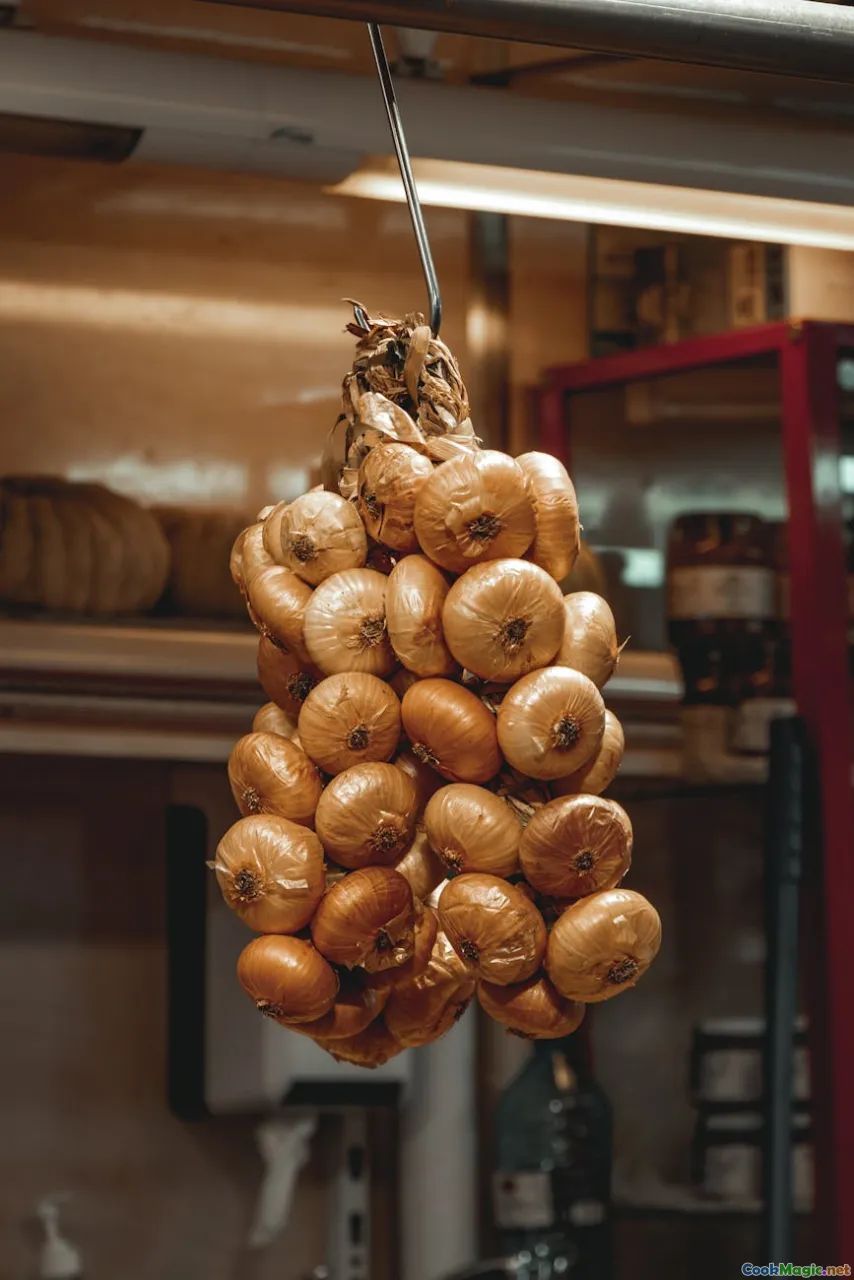
Fozelék is a culinary kaleidoscope—that family of pureed vegetables that serve as a hearty side dish, a base for main courses, or even as a standalone comforting meal. The term fozelék encompasses a variety of vegetable purees—primarily root vegetables, gourds, and greens—that are thickened with a pinch of flour, seasoned with herbs, and often finished with a splash of sour cream.
Root vegetables such as carrots, parsnips, potatoes, and sauerkraut are common participants in fozelék; seasonal squashes and green beans also find their place. Their textures range from velvety smooth to slightly chunky, infused with the aromas of onion, garlic, and fresh herbs that invoke the very notion of Hungarian simple yet flavorful peasant fare.
Historically, fozelék served as a humble yet nourishing dish among rural communities, standing as an affordable, nutritious component in everyday meals. Over time, it has woven itself into Hungary’s culinary fabric, complementing hearty meats such as pork, chicken, and beef, or serving as a comforting vessel atop hearty bread.
The Foundations of Making Authentic Fozelék

Creating an authentic Hungarian fozelék is both an art and a science. The process begins with selecting the freshest, most flavorful vegetables—preferably from a local market or garden—and treating them with respect. The goal is to preserve their natural sweetness and earthiness while enriching their flavor with traditional seasonings.
Choosing the Right Vegetables
The heart of every fozelék lies in its ingredients. Use seasonal vegetables for the most vibrant flavor:
- Carrots: Bring sweetness and a vivid orange hue.
- Parsnips: Add a nutty depth.
- Potatoes: Create a creamy foundation.
- Green beans or peas: Introduce freshness and color.
- Ganté or gourds: Offer a richer, mellow flavor.
Local Hungarian markets, especially during harvest season, are treasure troves for these vegetables, with vendors displaying their produce with pride. When selecting, look for firm, blemish-free vegetables—qualities that show their freshness.
The Classic Base: Onion, Garlic, and Bacon
Begin with a humble soffritto—finely chopped onions gently sautéed in lard or oil until translucent and sweet. For deeper flavor, many Hungarian cooks add crispy diced bacon or smoked ham, allowing the fats to infuse the oil with sumptuous aroma.
The Cooking Technique
Place your vegetables in a large pot, along with the sautéed aromatic base. Cover them with cold water or homemade broth, allowing the vegetables to simmer slowly—long enough to soften and meld their flavors. Season with salt, black pepper, thyme, or bay leaves, always mindful of the dish’s rustic character.
Once the vegetables are tender—testing their doneness with a fork—the magic begins: mashing, blending, or passing them through a sieve to achieve the desired consistency.
Mastering the Texture and Flavor

The hallmark of a commendable fozelék is its texture—velvety smooth or slightly chunky, depending on personal and regional preferences. To get there:
- Use a potato masher or fork for a rustic, chunky feel.
- For an ultra-smooth finish, pass the cooked vegetables through a fine sieve or use an immersion blender.
- Finish with a splash of sour cream or a knob of butter for richness.
Flavor-wise, balancing sweetness, earthiness, and a hint of acidity elevates the dish. Many recipes include a splash of white wine vinegar or a squeeze of lemon juice at the end, cutting through the richness and adding brightness.
Variations of Fozelék Across Hungary

While the core principles remain consistent, regional and familial variations breathe life into the simple fozelék.
- Kovászos fozelék: Incorporates fermented vegetables or a splash of sourdough for a tangy twist.
- Zöldborsófőzelék: Green pea pureé, popular in summer.
- Sárgarépa-főzelék: Carrot puree, often slightly sweetened with caramelized onion.
- Sütőtök főzelék: Roasted pumpkin or squash, adding a creamy, orange-hued dimension.
Some regions prefer lard or pork broth, imparting a smoky undertone, while others emphasize herbs like dill or parsley for freshness.
Pairings and Serving Traditions

Fozelék is far more than a side dish—it’s an emblem of comfort and community:
- Paired with: Roast pork, grilled sausage, or hearty stews.
- Spread on: Hot crusty bread, allowing the velvety puree to soak in.
- Served with: A dollop of sour cream and sprinkled with chopped herbs.
In Hungarian homes, fozelék often appears during family gatherings or festive tables, symbolizing sharing and warmth. It’s a dish that embodies the Hungarian knack for transforming humble ingredients into something profoundly satisfying.
Personal Tips for the Home Chef
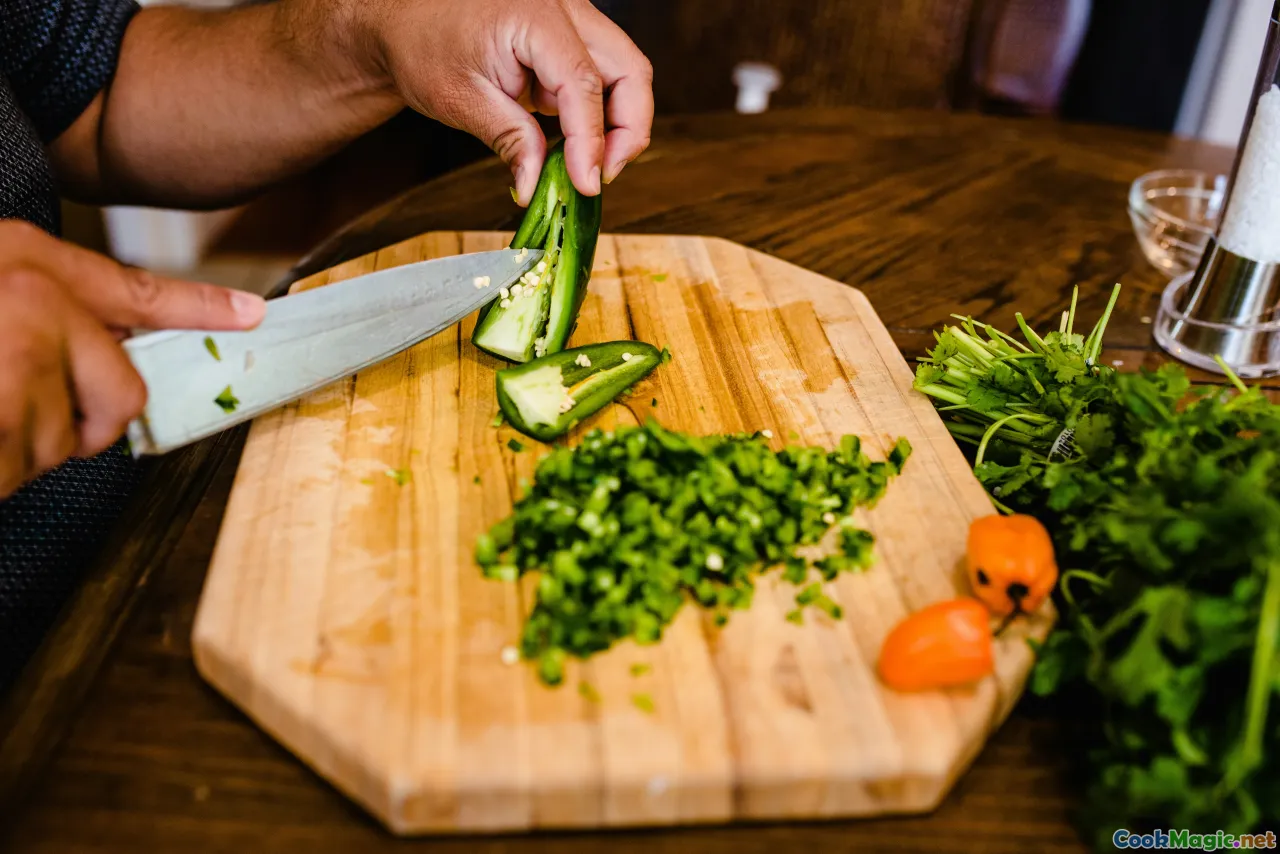
Embarking on making your own fozelék can be both straightforward and rewarding:
- Use fresh, seasonal vegetables: They have the most flavor and vibrant color.
- Don’t fear imperfections: Slightly uneven textures or colors add authenticity.
- Adjust seasoning sparingly: It’s better to add small tastes during cooking than to over-salt or over-season at the end.
- Experiment with herbs: Dill, parsley, or lovage can transform your fozelék.
- Embrace the rustic: A slightly chunky purée is often more authentic than an ultra-smooth one.
The Emotional and Cultural Connection

Every spoonful of fozelék is steeped in history and emotion. It recalls days of shared labor on farms, lively market days, and family Sunday lunches in cozy kitchens. For Hungarians, this humble dish can evoke memories of grandmother’s gentle hands, the aroma of stewed vegetables simmering on the stove, and stories told around the table.
Preparing fozelék at home isn’t merely about nourishing the body—it’s about reconnecting with cultural roots, creating new memories, and passing down tradition flavors to new generations.
A Personal Reflection
When I first made fozelék, I was transported back to my childhood in a small Hungarian village. Sitting at my grandmother’s table, tasting the sweet, earthy blend of vegetables she gently mashed with loving hands, I understood that this simple dish was a symbol of life’s quiet richness. With every batch I make, I feel connected to that lineage of homey, honest Hungarian fare.
Bringing It All Together
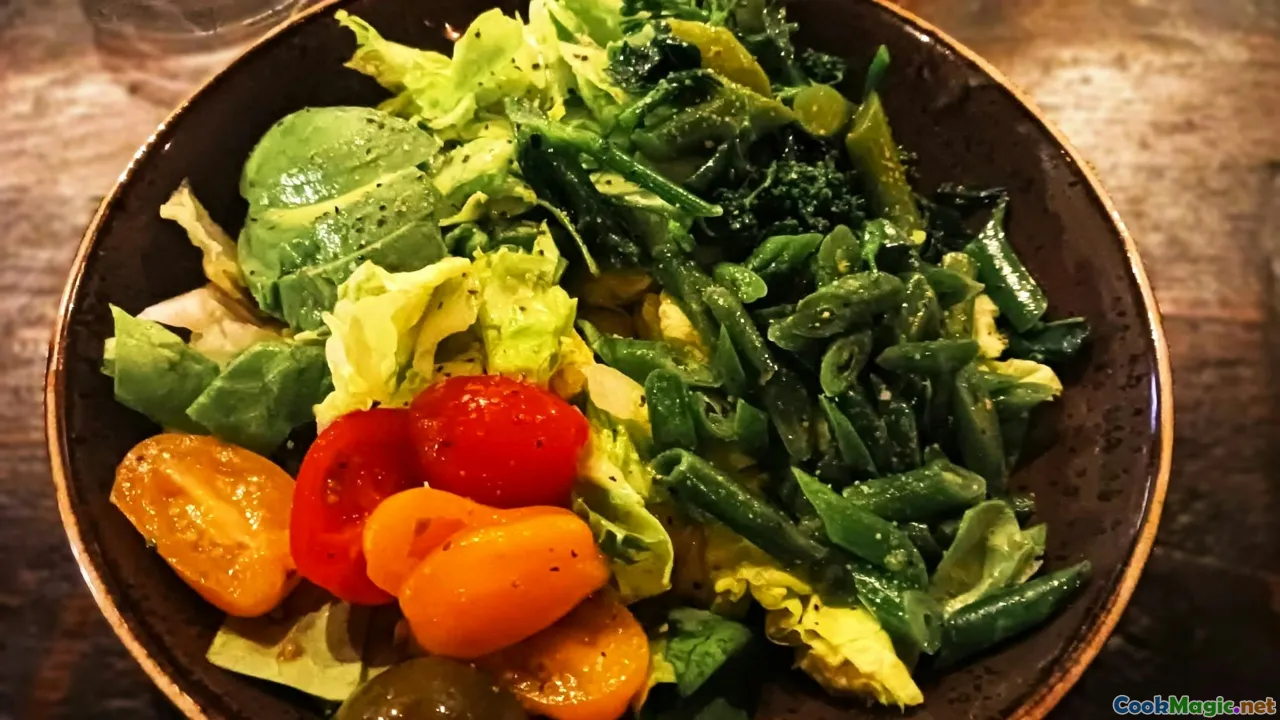
Mastering the making of Fozelék at home is a heartfelt journey—one that invites you to slow down, select the best ingredients, and cherish the process. This traditional Hungarian vegetable puree isn’t merely a side dish; it’s a portal to history, family, and soul.
So, gather your vegetables, grace your kitchen with patience, and enjoy the vibrant colors and alluring aromas that will fill your home. In doing so, you’re not just cooking—you’re preserving a piece of Hungarian heritage, one delicious spoonful at a time.









